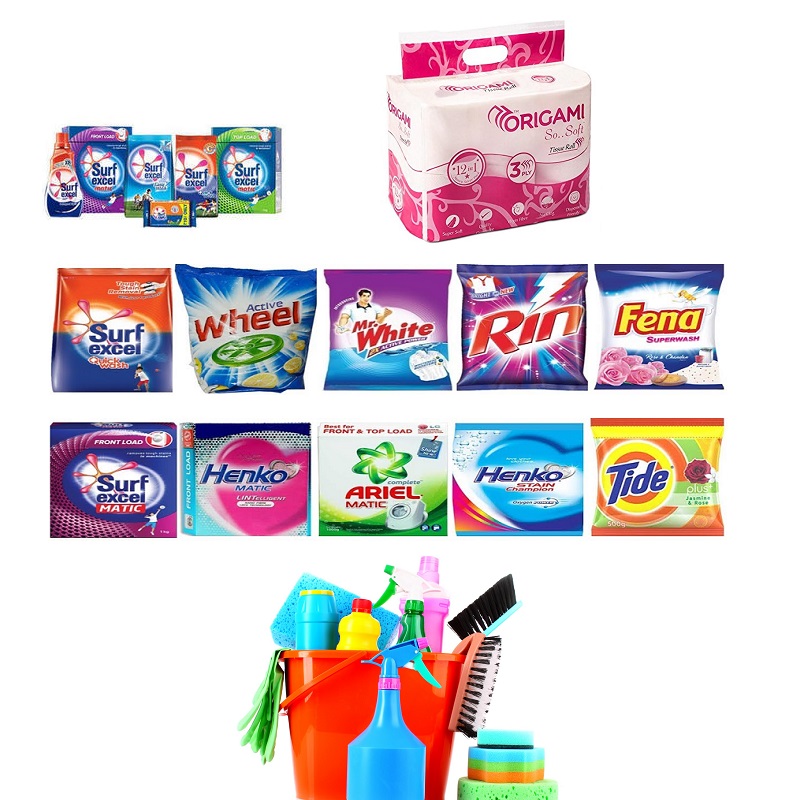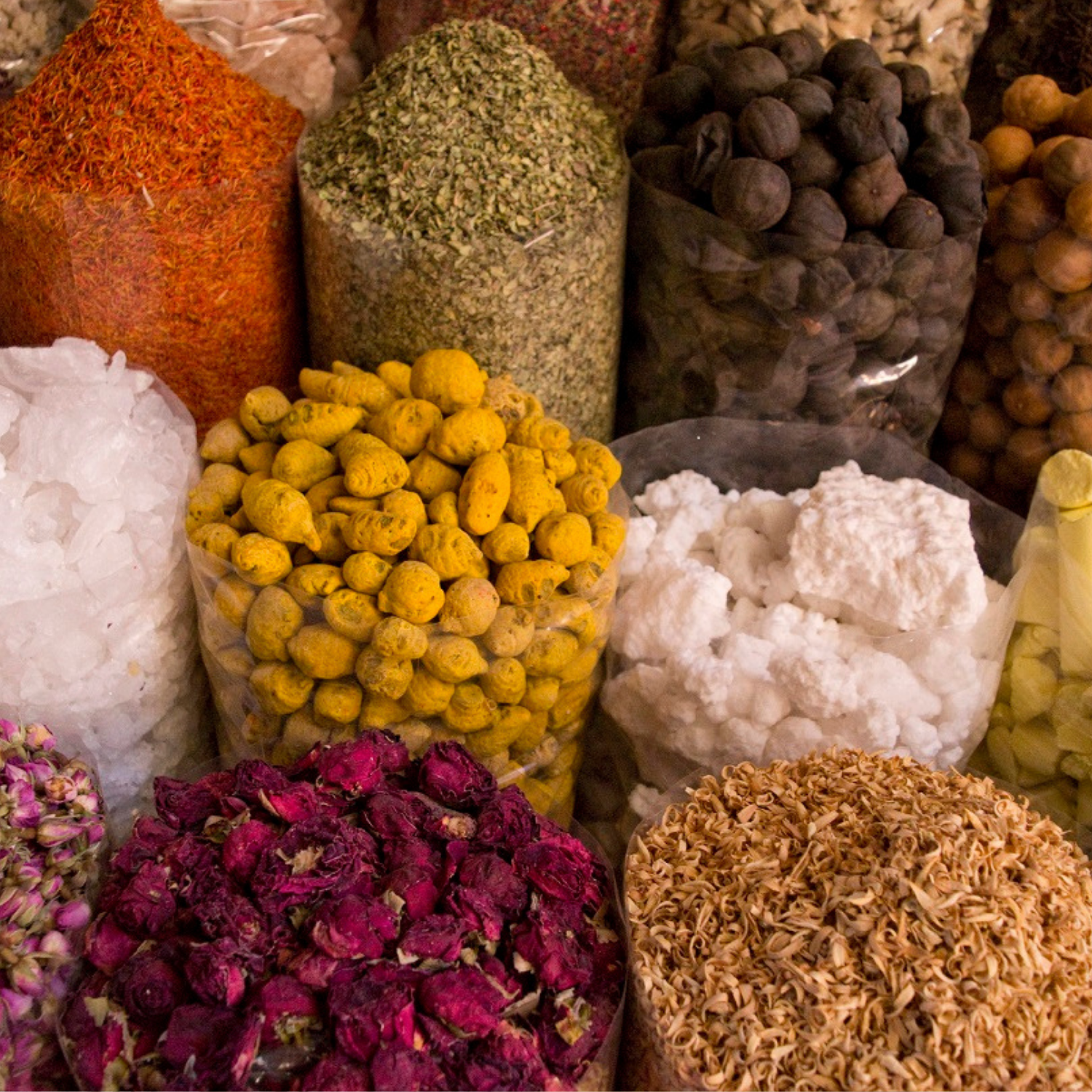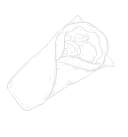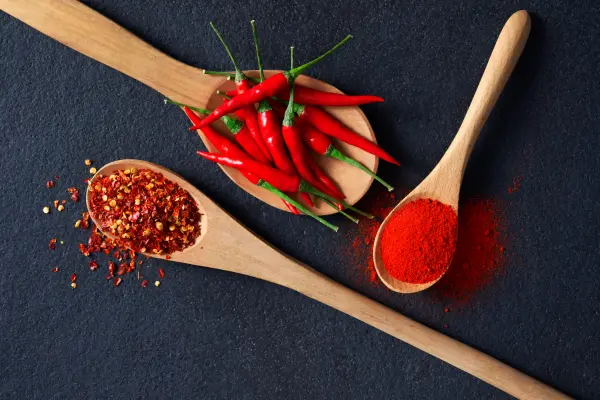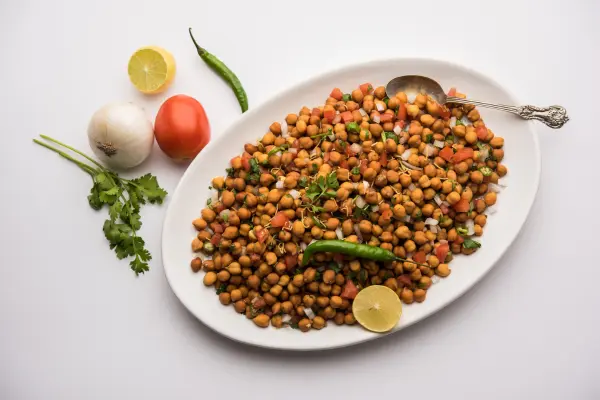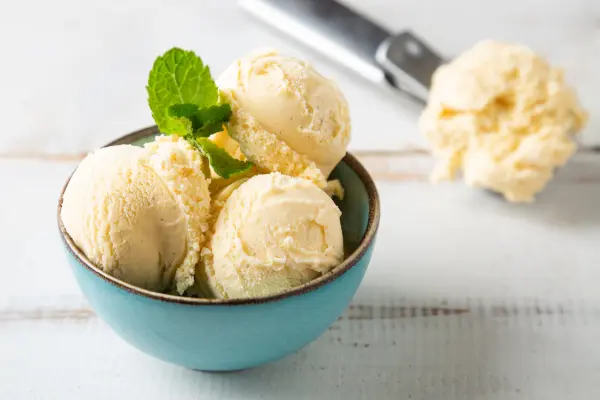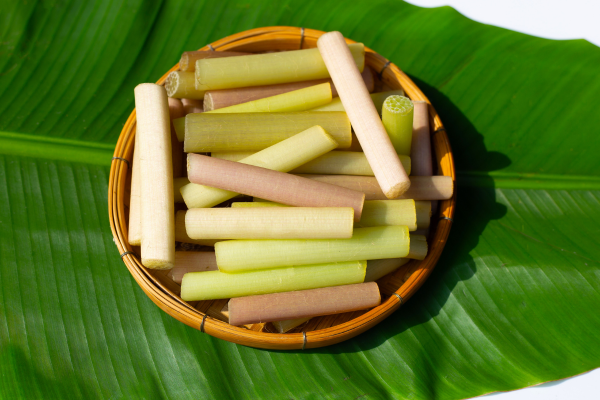Cornflour, also known as cornstarch is a common ingredient made from the starchy portion of corn kernels known as the endosperm. It’s used as a thickening agent for gravies, marinades, sauces, soups, and casseroles.
Though most people think cornstarch is reserved for cooking, it’s quite useful outside the kitchen. Just keep in mind that many of these uses aren’t backed by scientific studies.
Here are 10 household uses for cornstarch.
Cornstarch may be a convenient and cost-effective remedy for skin irritation, though little research supports its efficacy for this use. All the same, many people use it to soothe sunburns and reduce skin itchiness.
Mix cornstarch and a few drops of water in a bowl until it forms a paste the thickness of peanut butter. Apply a small layer to your skin and allow it to sit until it dries completely. Then, rinse it off with warm water.
Some people also sprinkle cornstarch on their sheets or the inside of clothing to reduce friction.
If you’re out of deodorant or want a DIY alternative, try cornstarch.
Thanks to its moisture-absorbing properties, it acts as a natural deodorant to decrease sweat and odor.
To make your own cornstarch deodorant, you’ll need:
- 3 tablespoons (45 mL) of coconut oil
- 2 tablespoons (16 grams) of cornstarch
- 2 tablespoons (28 grams) of baking soda
Microwave the coconut oil for 15–20 seconds or until it liquifies. Then, slowly add the cornstarch and baking soda until it forms a thick paste. You can also add a drop of your favorite essential oil to give it a pleasant smell.
Keep in mind that some people find baking soda irritates their underarms, so it may not be suitable for everyone. Furthermore, if you experience excessive sweating, or hyperhidrosis, you may need a stronger commercial antiperspirant.
You can use cornstarch as a natural dry shampoo.
Sprinkle a small amount onto the roots of your hair and gently brush it through to the ends. For easy application, use a clean makeup brush to transfer it to your roots.
Since cornstarch is light in color, this technique may not work for those with dark hair.
To create a matte nail polish, put a few drops of nail polish on a plate and sprinkle a small amount of cornstarch on top. Start slowly, adding more as needed.
Then mix it with a paintbrush and apply it to your nails.
Milk baths have historically been used to soothe skin while creating a luxurious bathing experience. Interestingly, one of the secret ingredients in many milk baths is cornstarch.
Though no research supports any benefits from taking milk baths with cornstarch, some people find that it works for them.
In a bag, add 1 cup (128 grams) of cornstarch, 2 cups (256 grams) of powdered whole milk, and 1/2 cup (115 grams) of baking soda. Seal and shake well. Finally, add a few drops of lavender essential oil — or another essential oil — for a relaxing aroma and shake again.
At bath time, add 1 cup (128 grams) of the mixture to your warm bath and enjoy.
Athlete’s foot occurs when your feet are regularly exposed to moisture, such as sweat, which allows fungi like Trichophyton rubrum, Trichophyton mentagrophytes, and Epidermophyton floccosum to grow (
Though cornstarch cannot treat or cure athlete’s foot, it may help prevent it. Simply sprinkle cornstarch in your shoes to reduce moisture or add it to your socks for additional moisture-wicking action.
If you regularly experience athlete’s foot, ask your healthcare provider for suitable treatments like topical antifungal medication (
Cornstarch can help reduce friction between two surfaces. As a result, it may help reduce chafing.
Rub a small amount of cornstarch to the irritated area, such as between your thighs, before you get dressed.
If you have a large knot in your hair, try applying cornstarch to the area.
Cornstarch may reduce friction and lubricate hair fibers, which may make detangling knots easier.
Bug bites, which are itchy and irritating, become even worse when your skin is damp. Cornstarch may help dry the skin around a bug bite to keep it from itching.
Mix 2 tablespoons (16 grams) of cornstarch with a few drops of cold water until it creates a paste the thickness of peanut butter. Apply it to the bite and let it sit until dry.
Blisters worsen in moist environments or when rubbing against another surface, such as shoes or clothing.
Add a small amount of cornstarch to the blister to reduce friction and keep the area dry. However, don’t apply cornstarch to an open blister or wound, as this can lead to infection (
Buy premium quality Cornflour from www.justshoponline.in

 English
English

